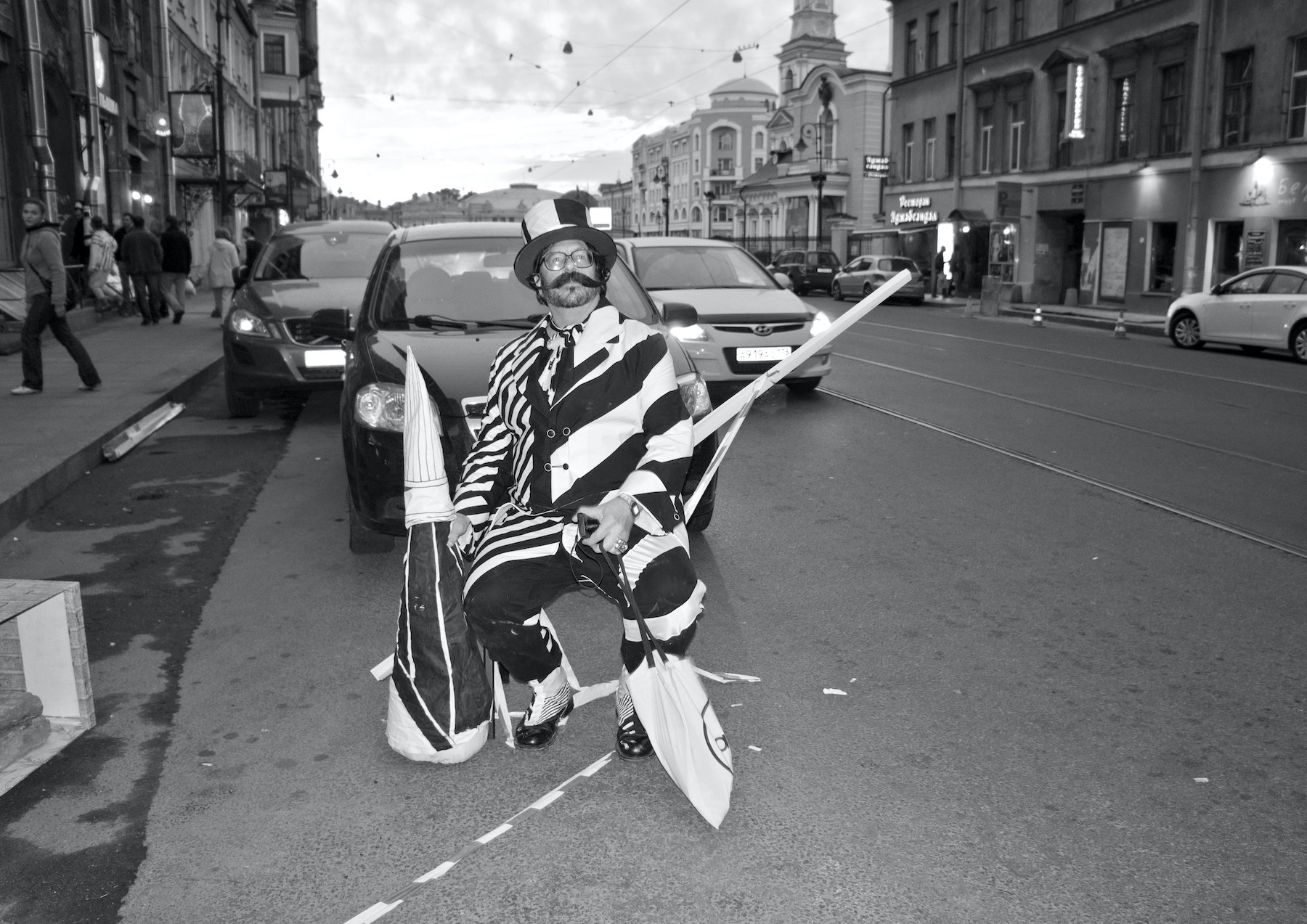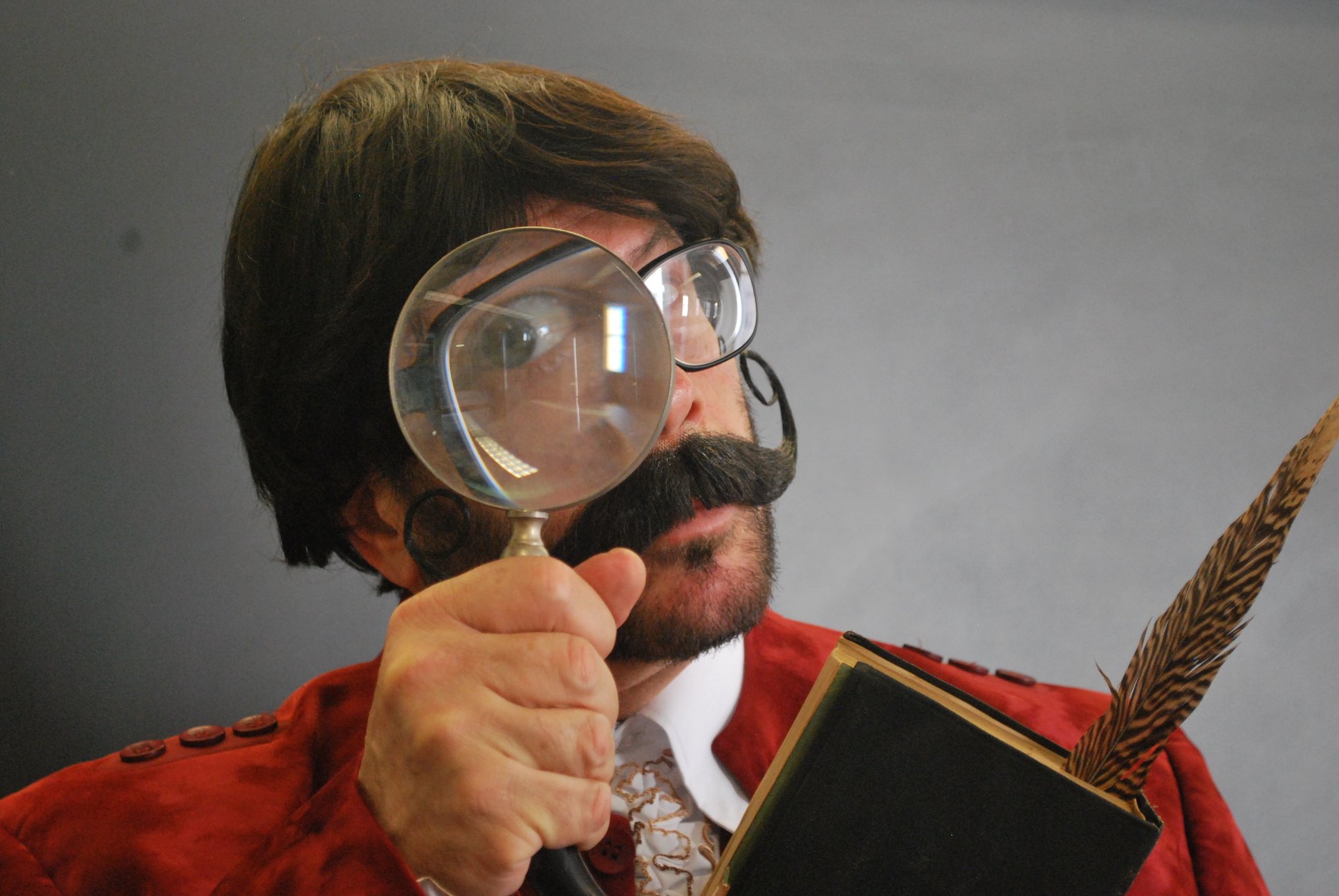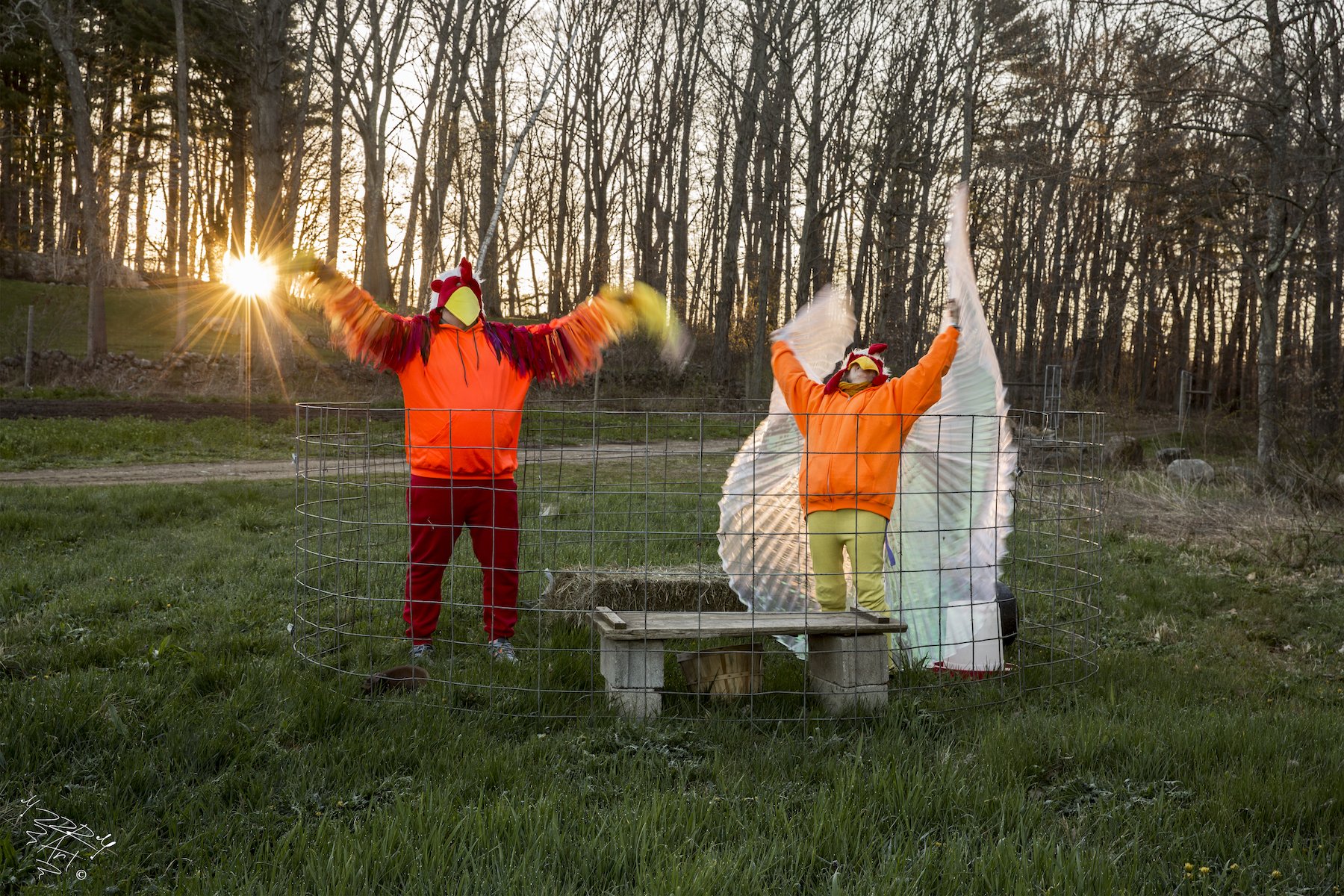Ed Woodham
Nicolás Dumit Estévez Raful Espejo: Ed, while thinking about this Q&I, your name would come to me in conjunction with Art in Odd Places (AiOP). However, I am called to focus on YOU. It would be easier for us to talk AiOP, but that is not where I am pushed to go.
Ed Woodham: Go with your instincts, Nicolás.
NDERE: How did you arrive in New York City? There are so many compelling stories and histories that are not discussed about this specific journey. In my case, I arrived in the city almost 30 years ago, with a $1000 in my pockets, and very little fear as to the unknown.
EW: I was alone, 20 years old fresh off the farm. I arrived at Port Authority–after a long bus ride from Georgia– carrying a small suitcase with a few dollars, a change of underwear, and my tap shoes.
NDERE: What brought you here and what keeps you in this place?
EW: I wanted to be a Broadway star and I still do.
NDERE: I mentioned over an email that I was struggling with whether or not to move in the direction of turning The Salon into a no-profit organization, legally speaking. My understanding is that, with all respect for institutions doing a great job, there is something that gets lost in the process of institutionalizing an idea or experience. Very rarely are institutions able to remain prophetic. They tend to become way too comfortable. I know that you have dealt with this too in regard to AiOP. Tell me about it.
EW: It’s difficult not to talk about me without mentioning Art in Odd Places (AiOP), right–as my artistic identity is so closely aligned to it. I decided from the inception of AiOP that it should never be an organization. Organized, yes. Zation, no. Rather, from my collected understandings–it is vital for Art in Odd Places to always be an artwork–a new work of art created by the team of each edition.
NDERE: I was talking over the telephone with a dear friend who is a creative, and I mentioned to her how, in the end, life is so much about experiencing joy and happiness, and doing that we truly love. I personally feel that, at times, art has been a great source of distress for me. This is when I started to discern between art and creativity. I am wondering how this pull and push might manifest for you.
EW: That’s a tough question. Joy has become much more difficult to summon in these dystopian times. Instead, I’m consumed with the drudgery of daily pandemic minutia. The pandemic has aged me in ways unimaginable prior to the ordeal. I joke that at the beginning of the pandemic I was 60 and now I’m 85. On top of this, I have a long habitual pressure to validate my worth through making products–a project, a collage, a puppet, a video, an essay. Currently I’m challenging my compulsion by saying no to this self-imposed burden, and not seeking out potential artistic opportunities. I’m just saying yes…to no. Wait. Never mind.
NDERE: I am wondering what the streets of New York City have been teaching you. 20 years ago, I was doing work where passersby were my collaborators and conspirators, like The Passerby Museum, with María Alós. But I no longer feel the need to engage in this kind of fast-paced interactions. You, on the other hand, remain active within this milieu. What is there for you?
EW: The streets continue to be my studio laboratory constantly revealing a never-ending supply of fresh information. The streets are an ever-changing sacred space of knowledge, teaching how to observe more deeply: myself today (right now); different individuals and the differences of individuals; the shifting patterns of people as a collective energy; and the temperature of the environment in the present moment.
NDERE: Artists are not supposed to talk religion or spirituality. But I always say that some of the most interesting things to talk about, together with politics and sexuality—not that they are divorced from each other— are religion and spirituality. What is your point of connection to the Whole and or the ALL, whatever this means to you, if you do not mind sharing?
EW: I honor it as the poetic beauty of mystery.
NDERE: I keep thinking about sagging underarms, wrinkles, sunspots, hair growing in the wrong places… These are obviously the signs of aging, but also of exiting the arts. This is more so in the case of women artists, due of course to sexism in society. No artist over 30. Gosh! How are you dealing with aging in your creative practice?
EW: Aging and a recent near-death experience have presented me with profound reflections of past experiences, serious regrets, meaningful questions, deep-rooted despair, and intense appreciation. I’m examining my archives of collected objects and ephemera that embody memories. I’m looking carefully at my personal relationship with death, dignity, euthanasia, and the human right to choose.
NDERE: What makes you laugh?
EW: My butt. Butt really. Silly and ridiculous makes me laugh. Absurdities–observations of everyday situations in an ordinary day gone askew make me giggle.
NDERE: Would you give me/us simple directives for an action that we can perform at home during the confinement to kindle hope in life again?
EW: Set aside a time for yourself–date night (or day). Find or create a quiet, private space. Let everything go. Inhale and exhale deeply (throughout). Tenderly touch regions of your sensual body that haven’t gotten attention for way too long or never. Take this time to discover unexplored erogenous carnal territories. Gift yourself loving attention. Relax, empower, and attend. (applause + repeat often)
Ed Wodham Related links: Website / Instagram / YouTube / Facebook
All images above courtesy of Ed Woodham
Ed Woodham is a 65 year old southern queer independent conceptual artist, curator, producer, and educator based in NYC. He has been active in community art, education, and civic interventions across media and culture for over forty-five years. He employs humor, irony, subtle detournement, and a striking visual style in order to encourage greater consideration of – and provoke deeper critical engagement – with the urban environment. Woodham created the project Art in Odd Places (AiOP) as a response to the disappearance of public space and personal civil liberties.









